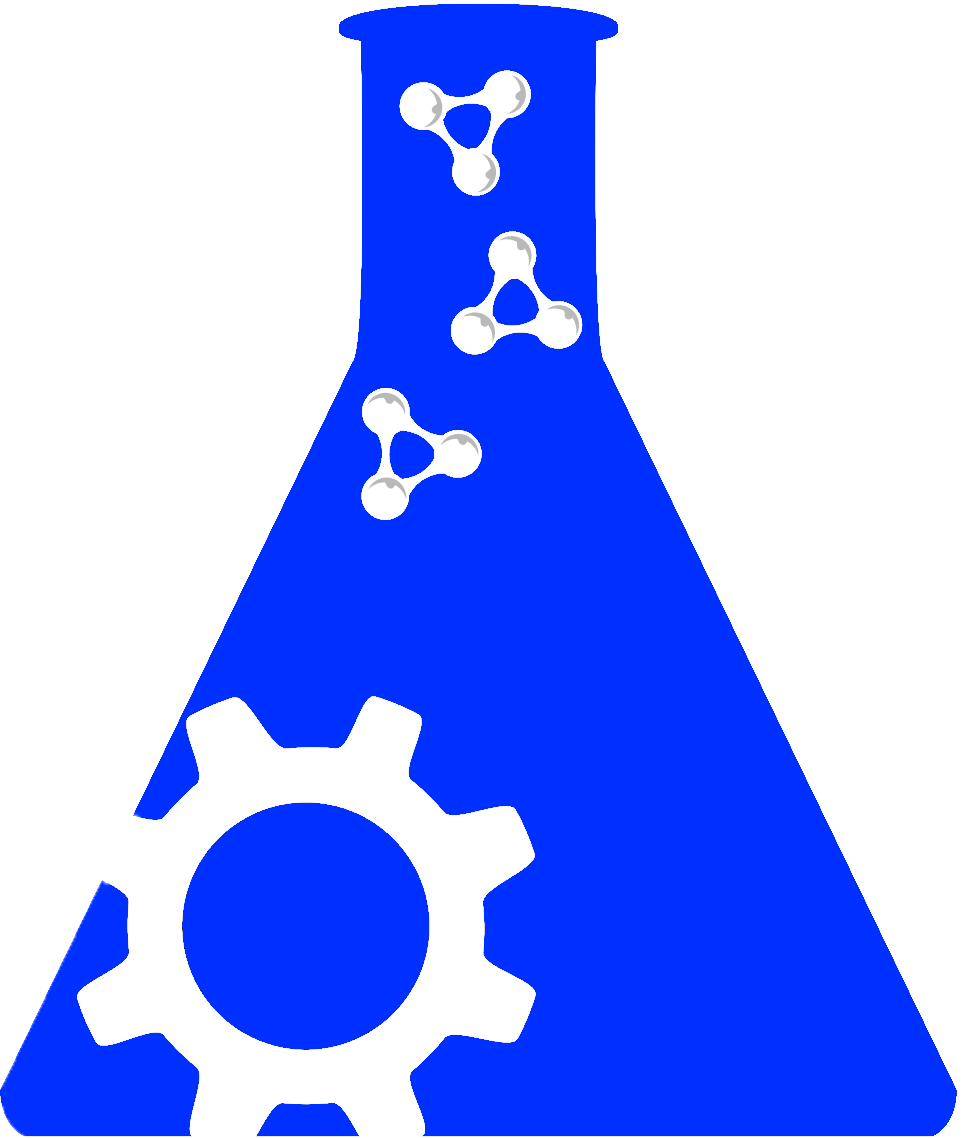Neogenesis of cerebellar Purkinje neurons from gene-marked bone marrow cells in vivo. (original) (raw)
Searching across hundreds of databases

Our searching services are busy right now. Please try again later
X
Forgot Password
If you have forgotten your password you can enter your email here and get a temporary password sent to your email.
X
Forgot Password
If you have forgotten your password you can enter your email here and get a temporary password sent to your email.
The Journal of cell biology | 2001
The versatility of stem cells has only recently been fully recognized. There is evidence that upon adoptive bone marrow (BM) transplantation (BMT), donor-derived cells can give rise to neuronal phenotypes in the brains of recipient mice. Yet only few cells with the characteristic shape of neurons were detected 1-6 mo post-BMT using transgenic or newborn mutant mice. To evaluate the potential of BM to generate mature neurons in adult C57BL/6 mice, we transferred the enhanced green fluorescent protein (GFP) gene into BM cells using a murine stem cell virus-based retroviral vector. Stable and high level long-term GFP expression was observed in mice transplanted with the transduced BM. Engraftment of GFP-expressing cells in the brain was monitored by intravital microscopy. In a long-term follow up of 15 mo post-BMT, fully developed Purkinje neurons were found to express GFP in both cerebellar hemispheres and in all chimeric mice. GFP-positive Purkinje cells were also detected in BM chimeras from transgenic mice that ubiquitously express GFP. Based on morphologic criteria and the expression of glutamic acid decarboxylase, the newly generated Purkinje cells were functional.
Pubmed ID: 11724815 RIS Download
Research resources used in this publication
None found
Antibodies used in this publication
None found
